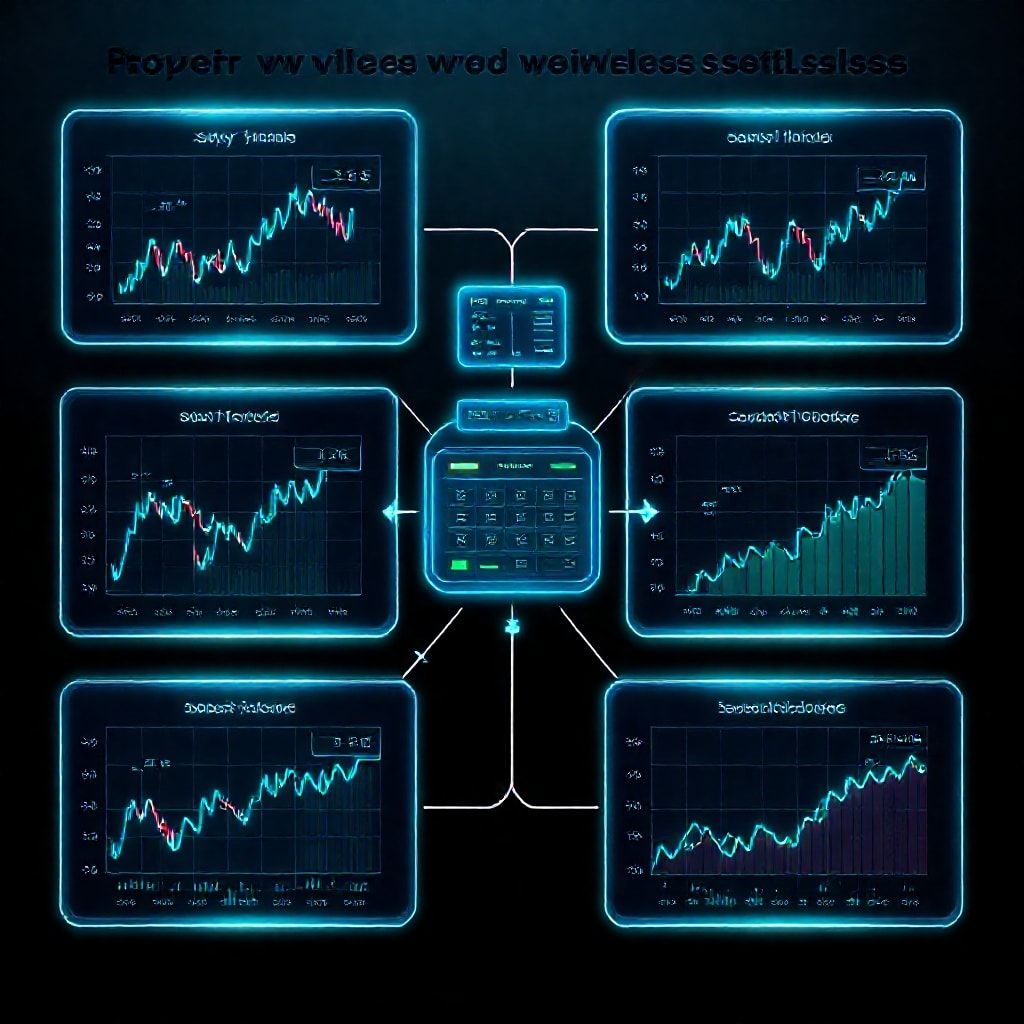How do different trading strategies impact profit and loss calculations?
How Different Trading Strategies Impact Profit and Loss Calculations
Introduction
Trading is a constant experiment between risk and reward. Different strategies don’t just change when you enter and exit a trade—they reshape the math behind your profit and loss. From flash-crash scalps in crypto to long-term trend plays in forex, every approach carries its own cost structure, quirks, and sensitivities to fees, slippage, and leverage. As markets grow more interconnected—forex, stocks, indices, commodities, options, and the rise of decentralized finance (DeFi) and AI-driven tools—the way you calculate P&L matters more than ever. This piece looks at how strategies influence P&L, what to watch across asset classes, and practical ways to trade with confidence in today’s tech-driven landscape.

Strategy design and P&L math
Function: A well-designed strategy defines entry and exit rules, position sizing, and risk controls. These rules drive every P&L line item, from gross gains to transaction costs and financing charges.
Key traits:
- P&L formula varies by instrument (spot vs. futures vs. options) and by how you scale positions. Leverage multiplies both upside and downside, while funding and rollover costs can tilt the final number.
- Win rate and reward-to-risk ratio shape expected P&L. A strategy with a high win rate but tight rewards can still underperform if you pay heavy fees or suffer slippage during exits.
- Backtesting realism matters. Slippage, commissions, and market illiquidity are not just “nice-to-have” details; they can erase a large portion of simulated profits.
Asset class snapshots
- Forex: P&L is driven by pip moves, spread costs, and, in carry strategies, overnight rollover. Liquidity is strong, but成交成本和点差随波动而变。
- Stocks: Price moves matter, but intraday spreads, exchange fees, and potential pre/post-market gaps add friction. Dividends, taxes, and corporate actions also affect realized P&L.
- Crypto: 24/7 volatility creates big opportunities and big risks. Gas/tx fees, slippage in low-liquidity pools, and smart-contract risk in DeFi pools all eat into profits.
- Indices: Basket-like exposure reduces single-name risk, yet P&L reflects broad market moves and correlatedAsset volatility. Options on indices add greeks and time decay into the math.
- Options: This is where extrinsic value and decay dominate. P&L depends on delta exposure, implied volatility shifts, and theta drag; leverage is seductive but treacherous.
- Commodities: Seasonal patterns, contango/backwardation, and roll costs influence P&L. Storage or convenience yield can tilt expected returns.
Risk management and leverage
Function: Leverage amplifies both profits and losses; disciplined risk controls keep drawdowns manageable.
Key traits:
- Risk per trade and maximum drawdown caps determine long-term viability. Position sizing, fixed fractional methods, or Kelly-like rules help prevent ruin.
- Slippage and execution quality matter at scale. In fast markets, even a small slippage can convert a win into a break-even or loss.
- Diversification across assets or strategies reduces correlation risk, stabilizing P&L across cycles.
DeFi reality check
Function: DeFi offers liquidity, staking, and yield opportunities that change the P&L equation for crypto assets and cross-chain strategies.
Key traits:
- Impermanent loss, smart contract risk, and gas costs shape yields. Liquidity mining can boost returns, but the P&L must account for protocol risk.
- Decentralized exchanges require careful routing and slippage checks. Governance changes and code upgrades can alter liquidity dynamics overnight.
AI-driven trading and future trends
Function: AI tools accelerate data processing, pattern detection, and execution timing.
Key traits:
- Data quality and model risk matter. Overfitted models look great in backtests but stumble in live markets.
- Latency, oracle reliability, and security concerns influence realized P&L. AI shines with high-frequency, data-rich environments but needs strong risk controls.
- The trend toward smart contracts-enabled automation and on-chain data streams points to more integrated, transparent P&L reporting.
Practical takeaways
- Backtest with costs: include spreads, commissions, slippage, and funding; validate findings with forward tests.
- Start small, scale with discipline: keep leverage modest; use a risk budget and monitor correlations.
- Use charts and analytics tools: combine price-action insight with on-chain data dashboards to refine your P&L expectations.
Future-facing promissory notes
Web3 will push trading toward more transparent P&L analytics, automated risk controls, and cross-asset strategies that blend traditional markets with DeFi yields. Smart contracts, layer-2 scaling, and AI-driven signals are reshaping speed and precision, while robust audits and multi-sig safety nets aim to reduce operational risk.
Slogan and closing thought
Profit with precision, one well-tuned strategy at a time. Trade smarter, not harder. Strategy-first P&L, every tick counts.